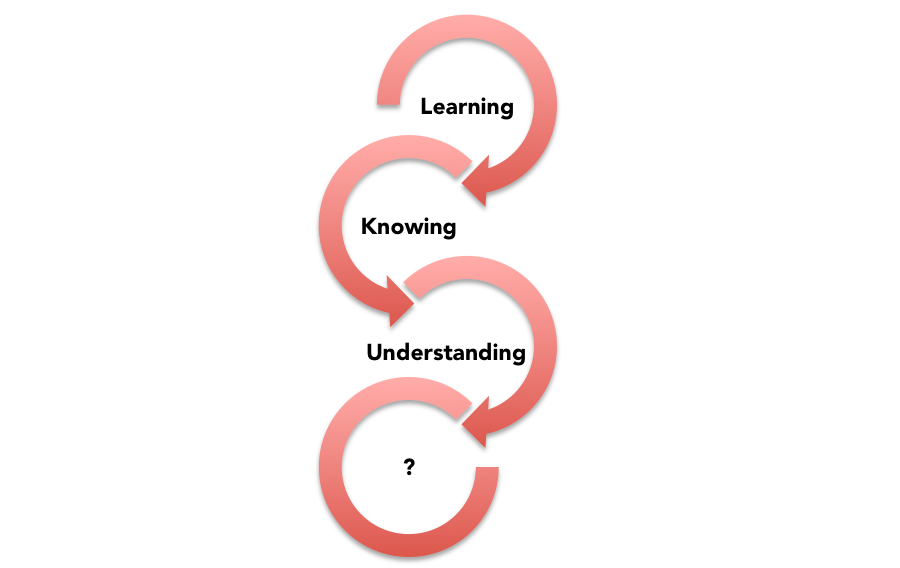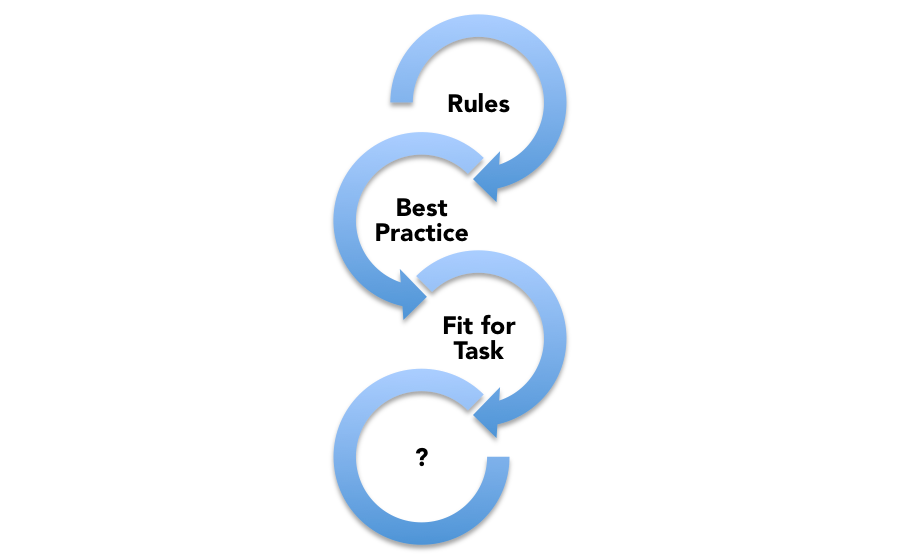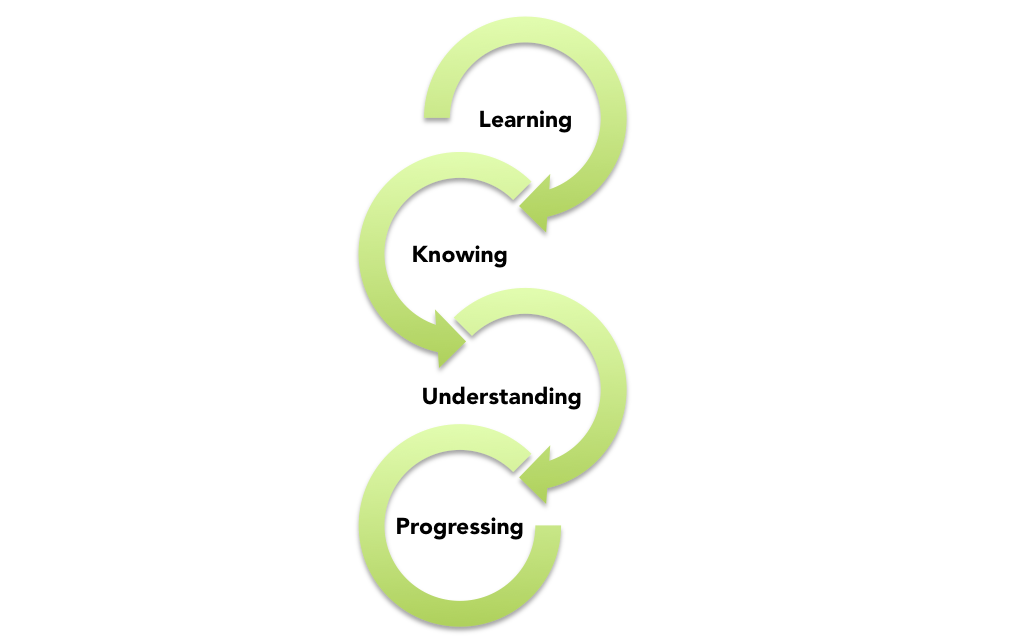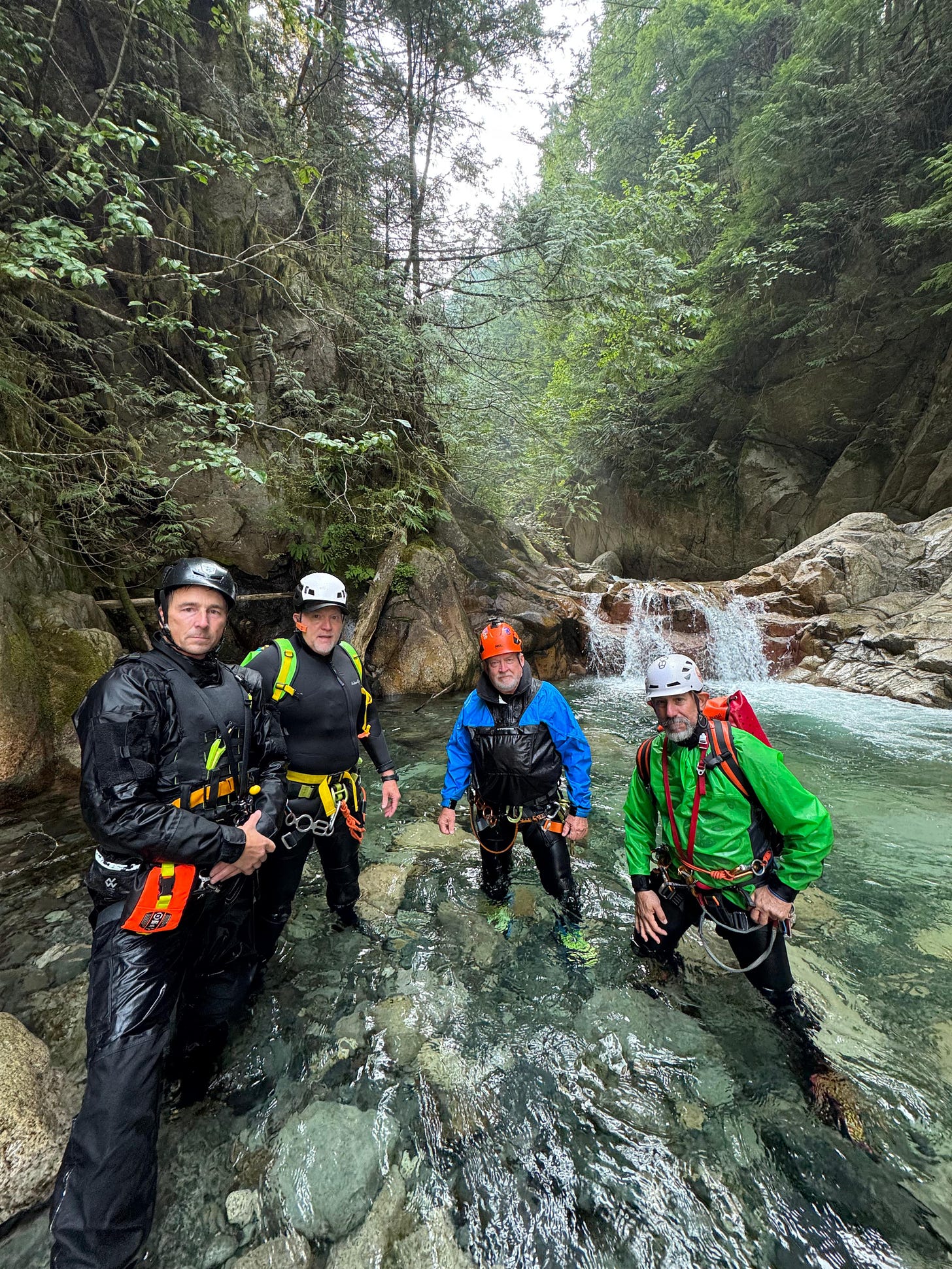The Canyoneering Cycle of Progression
Part 2: From Learning to Knowing to Understanding and Beyond
During a Canyon Guides International Leadership class, while addressing the Canyoneering Competence Continuum, student Connor Nijsse offered a comparison along the lines of: Knowing ropes vs. Understanding ropes. (Thanks Connor!)
This notion complimented nicely the Canyoneering Competence Continuum
Moving through the cycles
Rules serve as guard rails while we are in the Learning curve cycle.
Best Practices can serve as heuristic to risk mitigation based on Knowing how systems work when applied in a canyoneering context.
Fit for Task are practices that sometimes seem to be braking Rules or Best Practices but are chosen by Understanding the specific context of the application.
Beyond?
During the week long Canyon Guides International classes and Pro Guide assessments, some rigging in the category of “Transient Rigging” or the even newer “Transient Releasable Rigging” (TRR) was presented. Clearly in the realm of Fit for Task, but for some, certain systems felt like it was beyond Fit for Task. Students affectionately called this unclassified rigging:
F*ckery
Purpose or side effect?
I believe that from the realm of f*ckery, sometimes useful ideas and techniques emerge. For example. the evolution of “ghosting” tecniques started as f*ckery. If no inventiness or creativity were in the cycle of progression, we would still be rappelling with the Dulfersitz technique on hemp ropes.
Closing the cycle
With appropriate testing and enough adoption, some progressive techniques (f*ckery) move back into “Fit for Task” and even develop internal “Best Practices”. Like closing ghosting systems for everybody but the last person, or sequencing Transient Anchors (sandtraps and water traps) as examples.
Thanks to the Canyon Guides International assessors and pro guide candidates for a great exchange of views and ideas.





